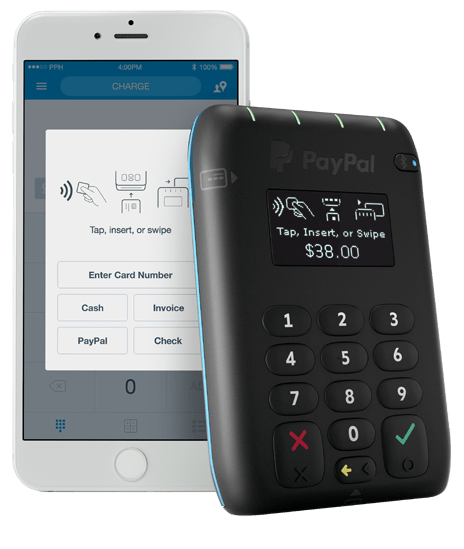James Bond returns to action twice this fall: This month he reunites with Pussy Galore in Anthony Horowitz’s Trigger Mortis, a new novel commissioned by the Ian Fleming estate, and in November Daniel Craig completes his fourth tour of duty on Her Majesty’s secret service in SPECTRE. One thing never changes: After more than 60 years on the road, 007 still drives too fast.

AF archive / Alamy
1953
In the first 007 novel, Casino Royale, Bond’s vehicle is a 1930, 4.5-liter “Blower Bentley” with an Amherst Villiers supercharger. “Bond drove it hard and well,” Fleming wrote, “and with an almost sensual pleasure.” A similar Bentley has a cameo in the second Bond movie,From Russia with Love, and features a gadget rare for the era: a car phone. A 1929 Blower Bentley set a then record for British cars at auction in 2012 when it sold for $7.9 million.

AF archive / Alamy
1964
The ne plus ultra of Bond vehicles makes the first of many appearances onscreen in Goldfinger. The silver Aston Martin DB5 (above) comes with a few extras from Q Branch, including revolving license plates, machine guns and, famously, an ejector seat. In 2010 one of the two cars used in the movie sold at auction for more than $4 million.

Newscom
1974
Bond enters a bleak era of movie cars when producers sign a $5 million product-placement deal with American Motors for 007 to drive its cars–making Roger Moore the only Bond who didn’t drive an Aston Martin onscreen. In The Man with the Golden Gun Moore gets behind the wheel of the least deadly Bond car of all time: the two-door hatchback AMC Hornet.

AF archive / Alamy
1977
A high point for 007 cars. In The Spy Who Loved Me Roger Moore’s Bond drives a white Lotus Esprit S1, an amphibious vehicle that became a submarine. In 2013 one of the production vehicles used in the film surfaced at a London auction and sold for $997,000. The buyer was Tesla founder Elon Musk, who admitted he was “disappointed to learn that it can’t actually transform.”
 1987
1987Another new movie Bond means another new Aston Martin. In The Living Daylights Timothy Dalton drives a V8 Volante convertible equipped with missiles, lasers and a rocket booster. The car used in the film belonged to Aston Martin Lagonda’s then chairman, whose name could have doubled as a Bond villain’s: Victor Gauntlett.

Everett Collection
1995
Although Pierce Brosnan takes a woman for a spin in an Aston Martin DB5 in GoldenEye , Bond’s car of choice for the next two movies is a BMW–most notably the BMW Z3, which came with an ejector seat–thanks to a product-placement deal worth an estimated $25 million.
 2015
2015
In Daniel Craig’s first Bond movie, Casino Royale, he wins a silver 1963 Aston Martin DB5 in a poker game. But for SPECTRE, 007 gets a modern upgrade developed expressly for the movie—an Aston Martin DB10 (above). The car, however, won’t be sold to the public–all ten will be used in the film—meaning it’s for James Bond only

























